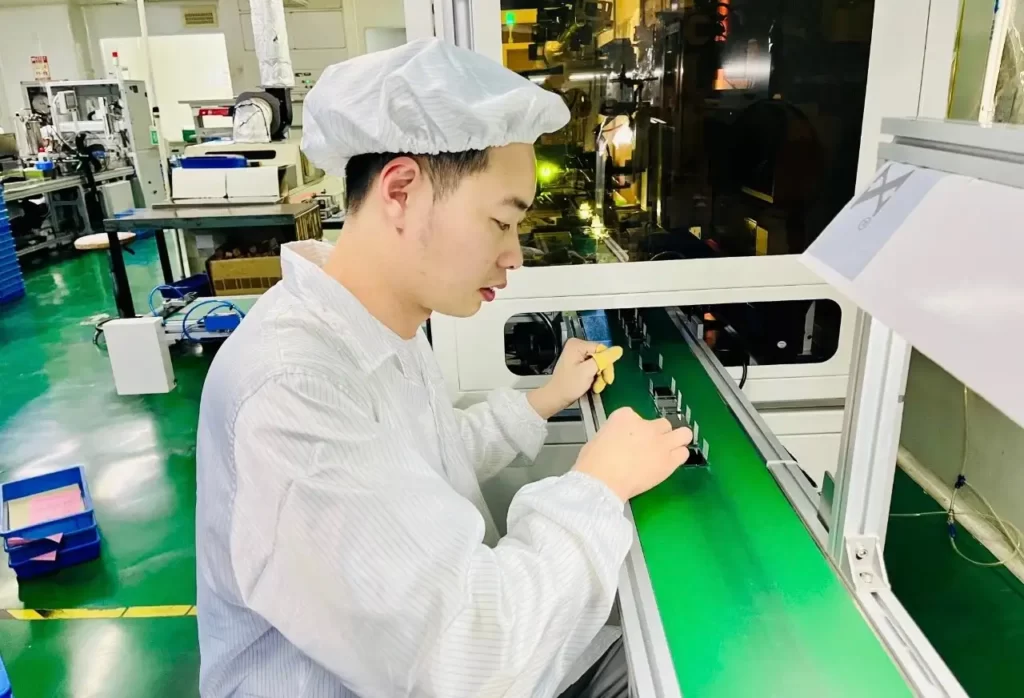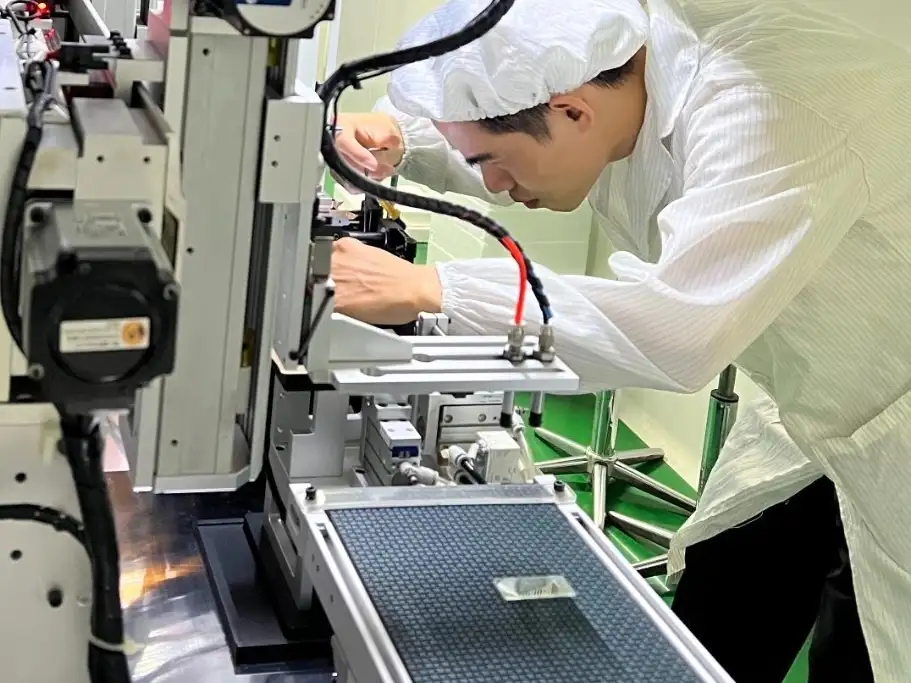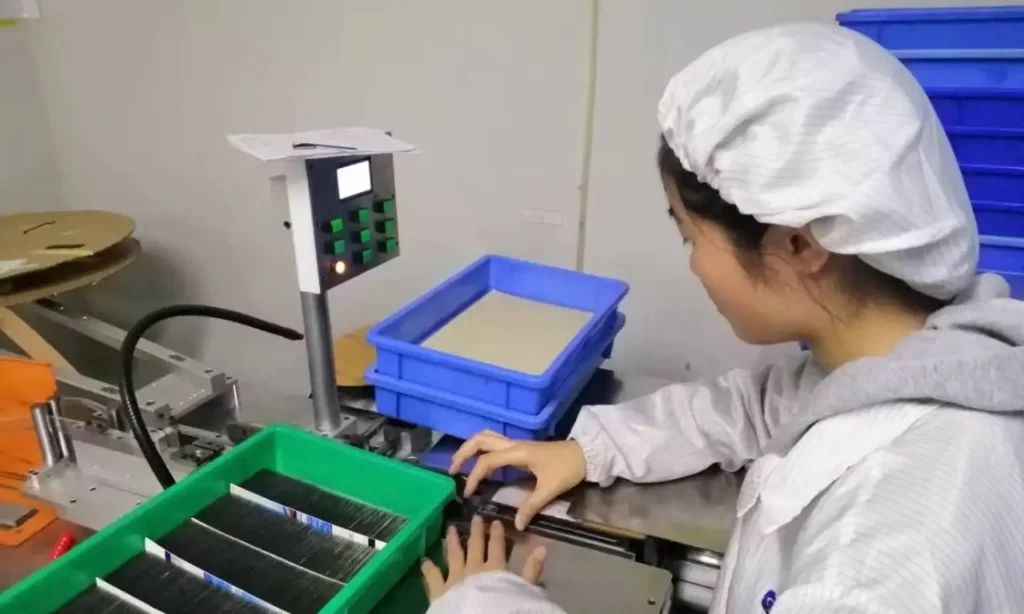In today’s digital era, where LCD screens are at the heart of numerous devices, understanding the intricacies of these displays is crucial. As an LCD display expert at Longtech Optics Co. Ltd, I’ve witnessed how the delicate nature of LCD glass can impact everything from consumer electronics to industrial machinery. This fragility necessitates a deeper understanding and proactive measures to ensure the longevity and efficiency of these displays.

Despite its widespread use, LCD glass is susceptible to various forms of damage, ranging from physical impacts to environmental stresses. Therefore, safeguarding your LCD screens is not merely a suggestion but an essential step in preserving the quality and functionality of your devices.
Let’s dive into the vulnerabilities of LCD glass and explore the protective measures available. By the end of this, you’ll be equipped with the knowledge to make informed decisions on protecting your valuable LCD screens.
The Vulnerability of LCD Glass
Material and Composition
- LCD Glass Properties: We start by exploring the composition of LCD glass. Despite its name, LCD glass isn’t just ordinary glass. It’s a complex blend of materials designed to offer clarity, conduct electricity, and facilitate the display of images. Yet, this intricate composition also renders it susceptible to damage.
- Sensitivity to Environmental Factors: LCD glass is not just battling physical threats. Environmental factors like temperature changes, humidity levels, and UV exposure can also affect its integrity. These elements can lead to ‘yellowing’ of the screen, decreased clarity, and in severe cases, functional impairment.

Risks and Damages
- Physical Impacts: One of the most common threats to LCD glass is physical impact. This could range from minor scratches to severe cracks or even shattering. Such damage not only mars the display’s appearance but can also impede its functionality.
- Chemical Exposure: Often overlooked, chemical exposure — from household cleaners to industrial solvents — can degrade LCD glass. This degradation might manifest as clouding, discoloration, or delamination of the display layers.
- Wear and Tear Over Time: Regular use isn’t benign either. Continuous touching, cleaning, and exposure to the elements gradually wear down even the sturdiest LCD glass, leading to a diminished user experience over time.
Learn more about How Thick is LCD Glass?
Protective Measures for LCD Glass
Types of Protective Layers
- Tempered Glass: As a robust solution, tempered glass stands out for its strength and impact resistance. When applied over LCD glass, it absorbs shocks and prevents major damage from falls or hits. Plus, in the event of breakage, it crumbles into small, less harmful pieces rather than sharp shards.
- Plastic Films and Coatings: For those seeking a lighter touch, plastic films offer a flexible and less obtrusive option. These films can effectively guard against scratches and minor abrasions, extending the life of the LCD screen without adding bulk.
- Specialized Coatings: Moving beyond mere protection, anti-reflective and anti-glare coatings serve a dual purpose. They protect the surface from scratches and also enhance the viewing experience by reducing glare and improving visibility under various lighting conditions.
Implementing Protective Measures
- Customization and Fitting: Protection isn’t one-size-fits-all. For optimal results, protective layers must be customized to each LCD screen’s specific dimensions and contours. This ensures complete coverage without compromising the display’s quality or responsiveness.
- Maintenance and Upkeep: Even the best protective measures require maintenance. This section will cover best practices for cleaning and caring for your protective layers, along with advice on when to replace them.
- Cost-Benefit Analysis: Investing in protective measures might seem like an added expense, but when compared to the cost of repairing or replacing a damaged LCD screen, it’s a prudent investment. We’ll break down the numbers to show the long-term financial benefits of protection.

Case Studies: Damages and Protection
Real-World Damage Examples
- Industrial Equipment Failures: Consider the case of a manufacturing plant where LCD displays are integral to machine operation. A lack of protective measures led to frequent screen damages due to accidental impacts and chemical spills. The result? Unscheduled downtimes, costly repairs, and significant productivity losses. Each incident not only required the replacement of the LCD unit but also led to operational delays, impacting the bottom line.
- Consumer Electronics Mishaps: In the realm of consumer electronics, unprotected LCD screens often fall victim to everyday accidents. Take, for instance, a popular tablet model used widely in educational settings. Without adequate screen protection, these devices suffered from scratches and cracks, leading to impaired functionality and a compromised user experience. The cumulative cost of replacing these screens posed a substantial financial burden for educational institutions.
Success Stories
- Protective Measures in Action: Contrast these scenarios with instances where robust protective measures were implemented. In a similar industrial setting, the introduction of custom-fitted tempered glass protectors led to a dramatic decrease in screen-related incidents. The durability of these protectors meant that screens withstood accidental impacts and chemical exposures, maintaining operational continuity and reducing repair costs.
- Longtech’s Client Experiences: At Longtech Optics Co. Ltd, we’ve seen numerous success stories. One notable example is a logistics company that integrated our advanced protective films across their handheld devices. This initiative resulted in a significant reduction in screen damages, enhancing the lifespan of the devices and reducing the frequency and cost of replacements.
Cost-Benefit Analysis
Evaluating Protective Costs
- Initial Investment in Protection: The cost of protective solutions varies based on the type and scale of implementation. For instance, high-grade tempered glass or specialized coatings for industrial displays may represent a considerable upfront investment. However, these costs need to be contextualized against the nature of the environment in which the displays operate and the potential risks they face.
- Comparison with Repair/Replacement Costs: When unprotected LCD screens are damaged, the cost of repair or replacement can be steep, especially for high-end or specialized displays. In industrial settings, this cost isn’t just the screen itself but includes the downtime, labor for repairs, and potential operational losses. In consumer electronics, frequent replacements lead to higher long-term expenses.

Long-Term Financial Benefits
- Extended Lifespan of Displays: Protective measures effectively extend the usable life of LCD screens. This extension translates to fewer replacements over time, ensuring a better return on the initial investment in the display technology.
- Preventive vs Reactive Approach: A preventive strategy, characterized by the implementation of protective measures, is invariably more cost-effective in the long run compared to a reactive approach that deals with damages post-occurrence. The former not only saves on direct repair costs but also mitigates indirect losses such as operational delays and reduced productivity.
In sum, the case studies highlight the tangible risks associated with unprotected LCD glass and the clear benefits of implementing protective measures. Meanwhile, the cost-benefit analysis underscores the financial wisdom in choosing to protect your LCD displays. It’s an investment that pays dividends in terms of extended lifespan, reduced repair costs, and sustained operational efficiency.
At Longtech Optics Co. Ltd, our experience and expertise are geared towards helping you navigate these choices, ensuring that your LCD displays are not only protected but also primed to deliver optimal performance over their extended lifespans.
Learn more about How to Make LCD Glass?
Conclusion
In conclusion, whether you’re dealing with high-end industrial displays or everyday consumer electronics, taking proactive steps to protect LCD glass is not just advisable, it’s essential for ensuring the longevity, efficiency, and cost-effectiveness of your display technology.
At Longtech Optics Co. Ltd, our experience and expertise are geared towards helping you navigate these choices, ensuring that your LCD displays are not only protected but also primed to deliver optimal performance over their extended lifespans.

